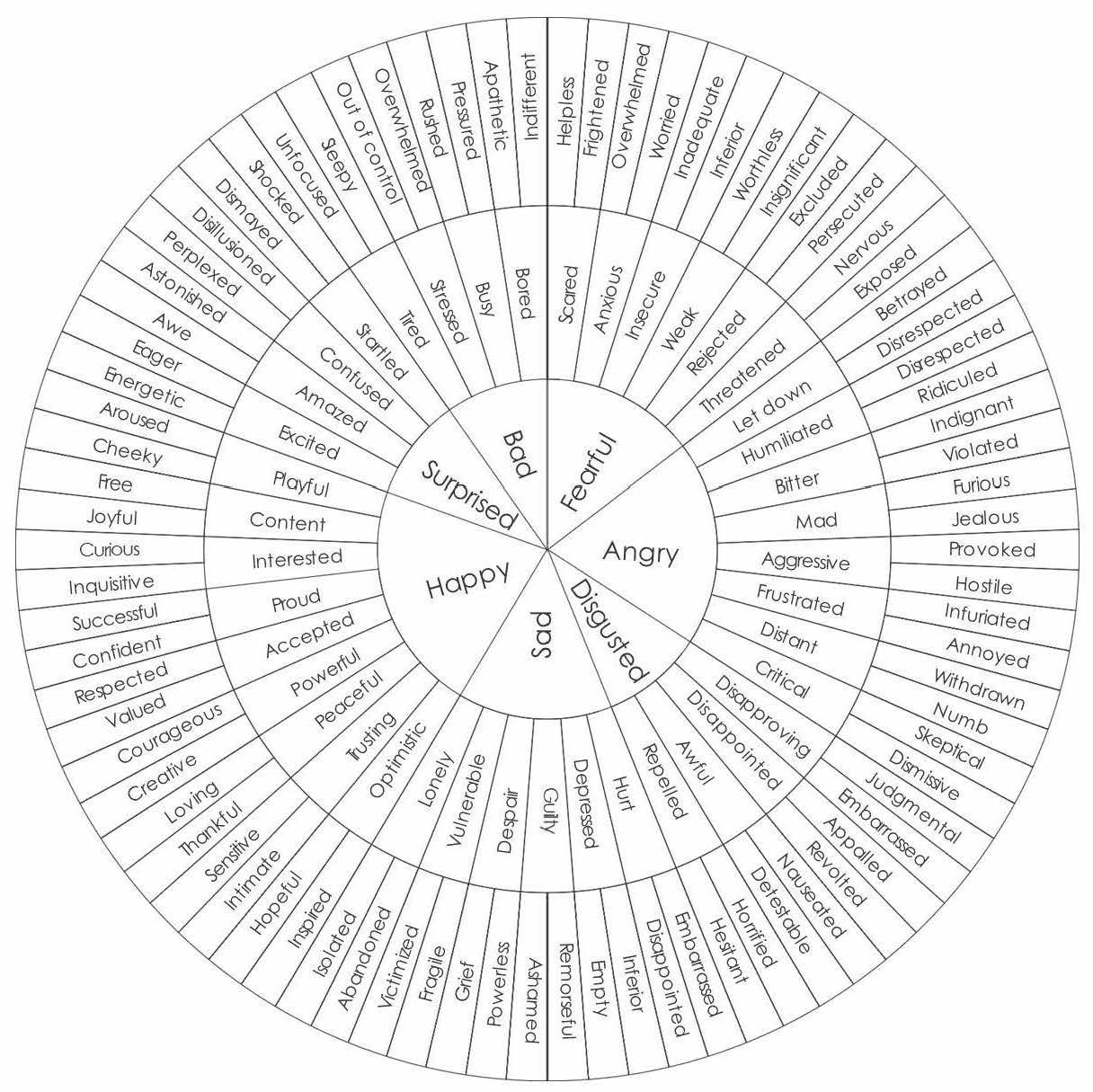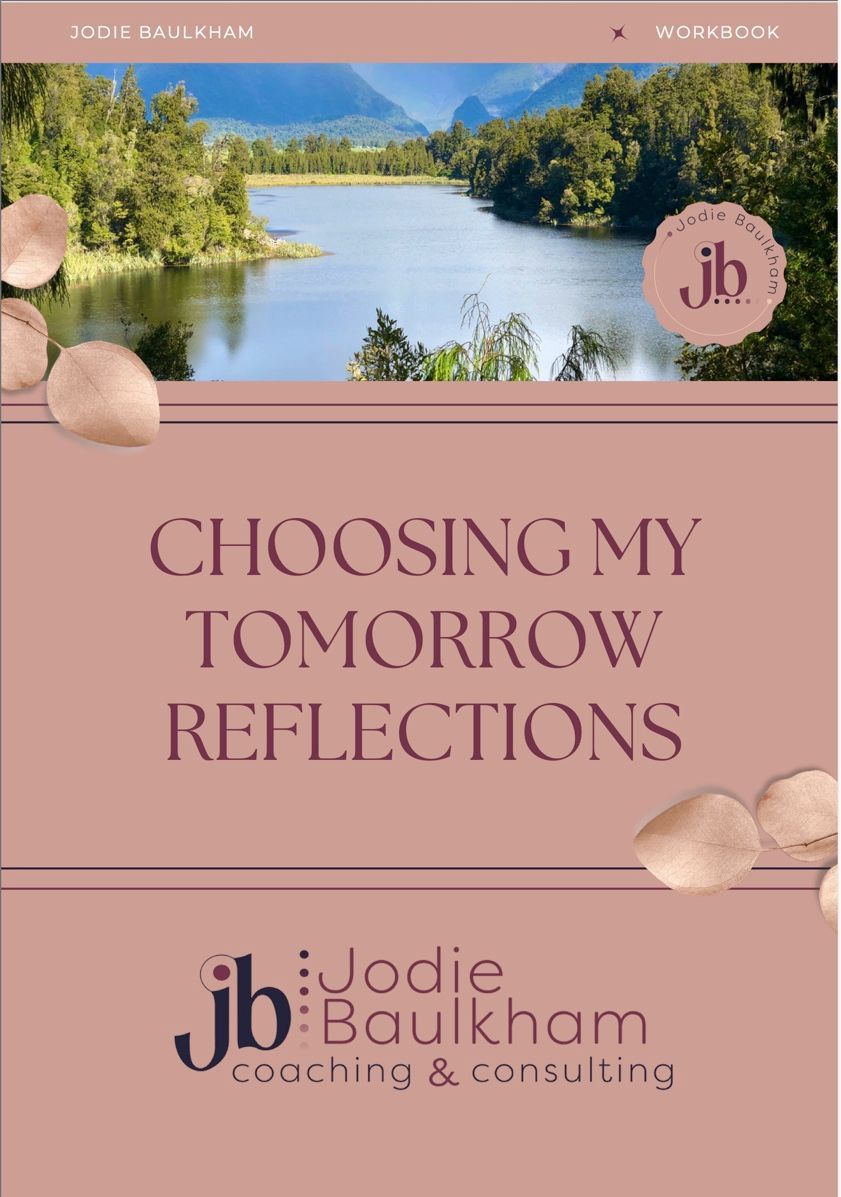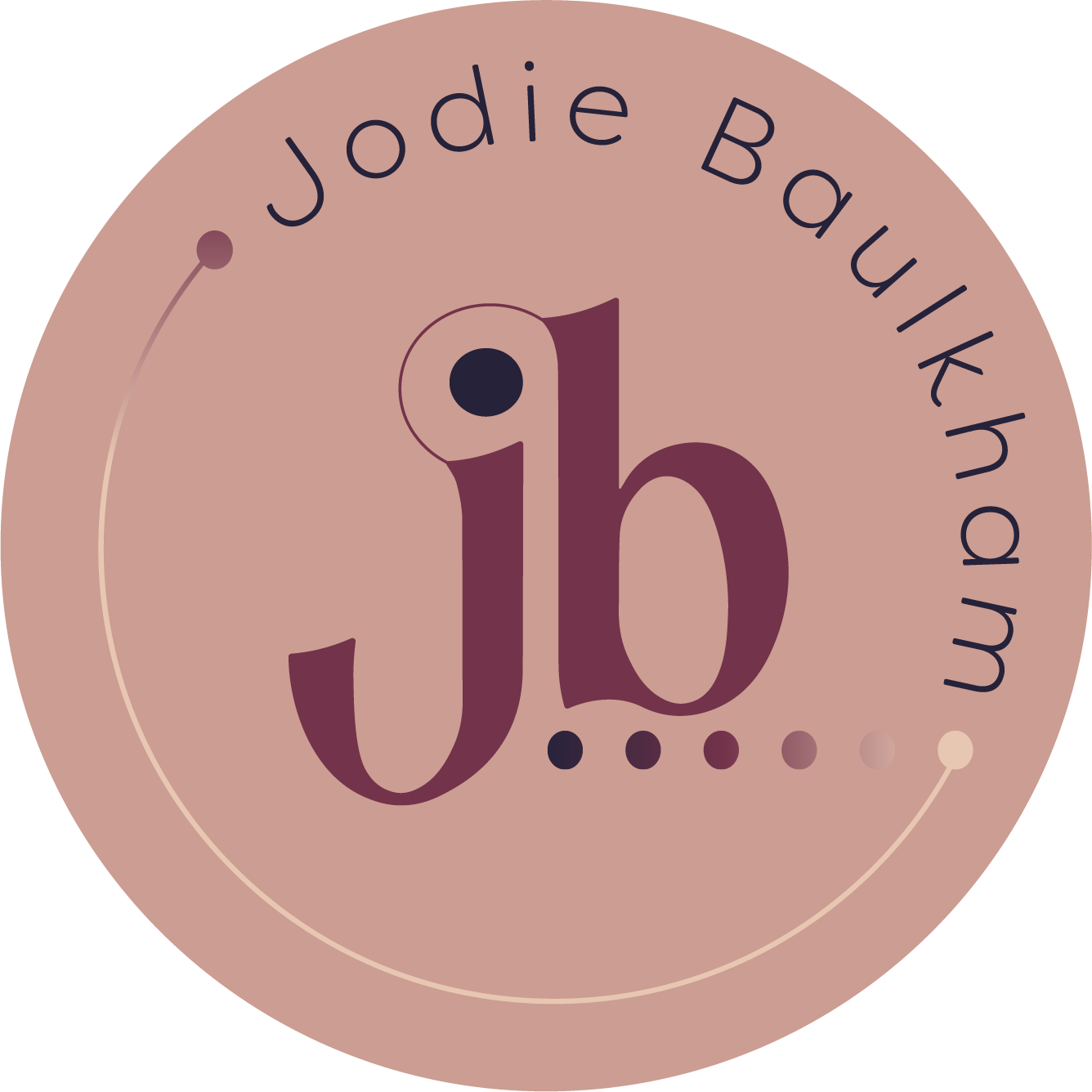Lesson Learned: Use Helpful Language
I learned a helpful approach to language and vocabulary related to stress, anxiety and emotion.

This is a valuable skill that promotes effective communication and emotional well-being. When there is a heightened level of emotion, the likelihood of using confrontational language is increased. When we are able to pause, regulate, and then shift to language that focuses more on gaining insights, we are better able to work towards solutions.
Examples of Confrontational and Insightful Language:
Confrontational Language
- “We need to tackle this problem head-on and defeat it.”
- “I won’t back down until you see things my way.”
- “This is your fault; you need to fix it.”
- “I’m going to fight for what I want.”
Insightful Language
- “Let’s consider how we can address your feelings and find a solution that brings comfort.”
- “Let’s collaborate to find a solution that eases the tension and improves the situation for both of us.”
- “What can we do to ensure both of us feel heard and respected?”
- “I want to work together to meet both our needs. Let’s approach this with the goal of maintaining a positive and supporting environment for both of us.”

Acquiring insightful language equips individuals with the tools to better understand and express their own emotions, as well as provide targeted support to their loved ones.
Expanding one's vocabulary allows us to be more precise when describing our personal experiences and feelings. When we can accurately label and express our own emotions, we gain a deeper understanding of our stress and anxiety triggers. This heightened self-awareness enables us to take proactive steps in managing our own well-being. Additionally, possessing a richer vocabulary empowers individuals to communicate more effectively with their loved ones, enhancing the overall level of understanding and empathy in the relationship.
Engaging in helpful language also introduces individuals to various coping strategies and techniques for managing stress and anxiety. Exploring mindfulness, relaxation techniques, or cognitive reframing can provide us with a broader range of tools to effectively manage our emotional well-being. By implementing these strategies in our lives, we can model healthy coping mechanisms for our loved ones, leading by example and promoting overall well-being within the relationship.
By understanding and using the same language as each other, individuals within a relationship can better empathize with their loved one's experiences and challenges. This facilitates a deeper level of understanding, enabling individuals to provide more meaningful support. Being able to communicate using this shared vocabulary helps individuals navigate conversations around stress and anxiety more effectively, fostering an environment of trust, compassion, and support.
The feelings wheel is a visual tool that categorizes and illustrates a wide range of emotions and feelings. It consists of a circular diagram divided into different sections, each representing a category of emotions. The wheel starts with broad categories in the centre sections, such as happiness, sadness, anger, fear, surprise, and disgust. As you move toward the outer perimeter of the wheel, more nuanced and specific emotions are displayed. These choices allow individuals to pinpoint their feelings with greater accuracy. An example of a feelings wheel created by Dr. Gloria Willcox is shown below.
The purpose of this tool is to help individuals increase their emotional vocabulary and develop a deeper understanding of their own emotional experiences. This can be valuable for self-reflection, communication, and emotional regulation.
The Feelings Wheel

“Feelings Wheel,” RewardCharts4Kids, accessed 18 September, 2023,
https://www.rewardcharts4kids.com/feelings-wheel/.
Consider These Questions:
- How would acquiring new communication skills around stress and anxiety benefit my own emotional well-being? How would it influence my ability to support my loved ones?
- Reflect upon a scenario that a lack of shared language around stress and anxiety led to misunderstandings or hindered emotional support in my relationships. How can I work towards fostering a shared understanding and language in those situations?
- What are some specific stress and anxiety moments in my life that I struggle to articulate? How could expanding my vocabulary help me better understand and express these emotions?
- Have I noticed any patterns in my loved one's stress and anxiety levels that could be better addressed through a shared vocabulary and understanding? How can this improve our communication and support with each other?
- How can the use of a feelings wheel or other visual tools contribute to my emotional vocabulary and self-awareness? In what ways can this help me in self-reflection, communication, and emotional regulation?
- How can I integrate the use of a shared vocabulary into my daily interactions with my loved ones? What resources or strategies can I apply to expand my emotional vocabulary and strengthen the connections with those I care about?
- Which words on the emotions wheel best describe how I am feeling in this moment?

Want More?
To support you in building greater awareness through reflection, I created the Choosing My Tomorrow Reflections Workbook. Use this to capture your thoughts and ideas. Embrace the opportunity to grow and learn.
For those seeking an even more personalized approach, explore my
coaching programs. These programs are crafted to support you in living authentically and confidently, providing guidance as you navigate the complexities of life.



Take your next step today!
Book Your Free Call Now!
Let Jodie Help You Harness Your Power of Choice and Choose Your Tomorrow!
All Rights Reserved | Jodie Baulkham






